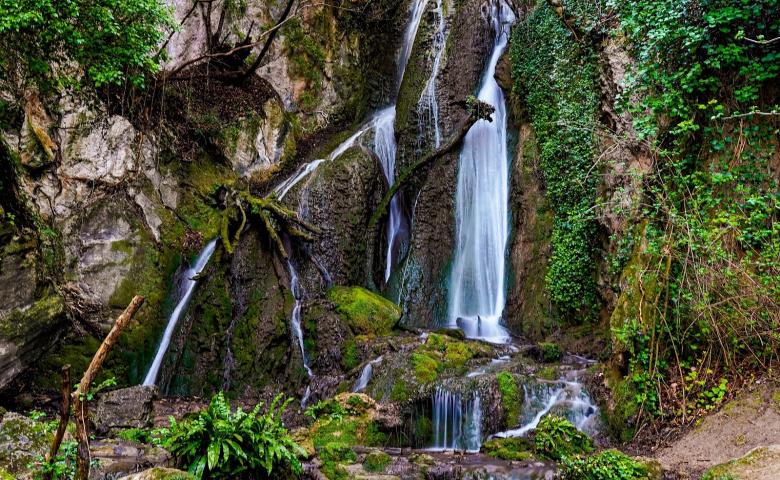Church of St. Mary Infraportas
The Church of St. Mary Infraportas overlooks the western side of St. Domenico square in Foligno´s historic centre.
The entrance is covered by a porch with three arches supported by four columns with Romanesque capitals. A shrine of 1480 with a fresco is located on the right of the porch, and at the bottom on the right side there is the Romanesque bell tower.
The levels of the porch and the church floor are lower than the current street level.
The rectangular-plan interior is divided by pillars in three aisles.
The ceiling of the barrel-vaulted central aisle rises higher than that of the lateral aisles, added in the 15th century, with cross-shaped vaults.
In the left aisle on the first pillar there is a Madonna of the Milk attributed to Giovanni di Corraduccio and on the wall there is a Madonna with Child and St.
The levels of the porch and the church floor are lower than the current street level.
The rectangular-plan interior is divided by pillars in three aisles.
The ceiling of the barrel-vaulted central aisle rises higher than that of the lateral aisles, added in the 15th century, with cross-shaped vaults.
In the left aisle on the first pillar there is a Madonna of the Milk attributed to Giovanni di Corraduccio and on the wall there is a Madonna with Child and St.































.jpeg/26712e88-9665-3ae2-a85e-3bd2b38b8a93?width=780)

